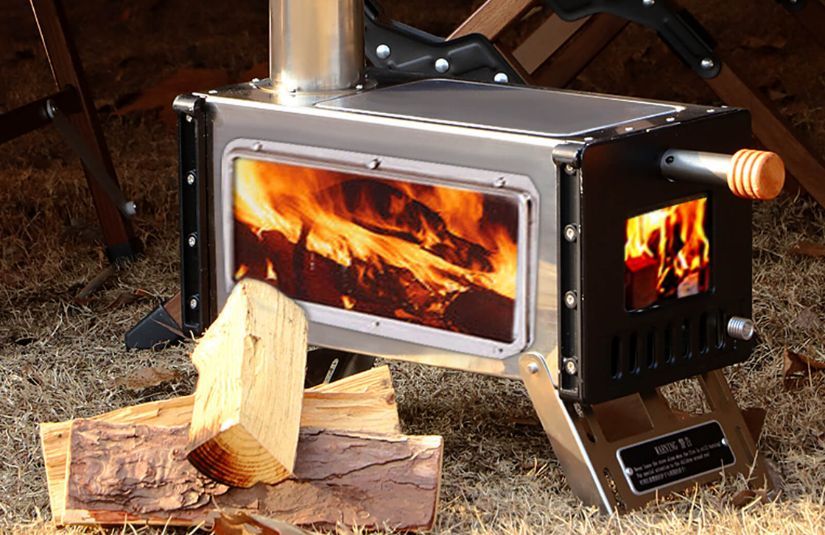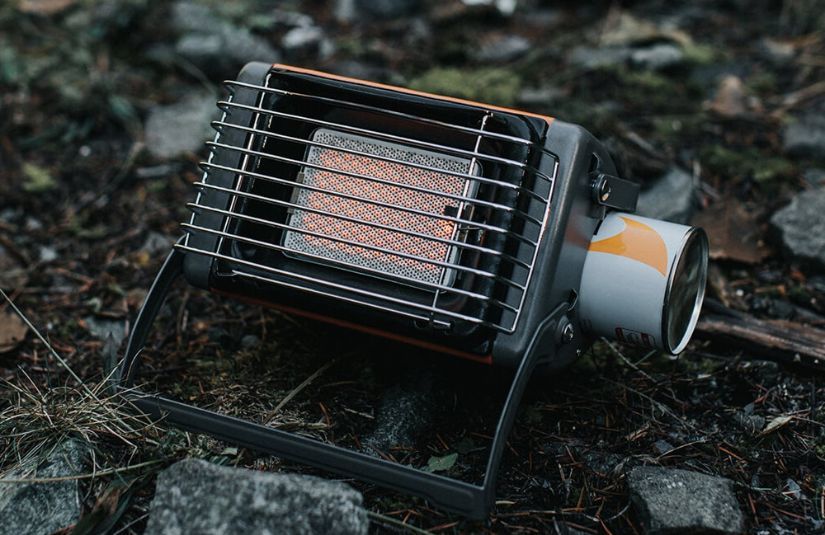A Short Read on Wood Stoves vs Gas Heaters: Which is Right for You?
In this blog post, we'll break down the key differences between wood stoves and gas heaters so you can make an informed decision about which is right for you.
When it comes to heating up your campsite, you have two main options: wood stoves and gas heaters. Both have their own unique set of pros and cons, so it's important to choose the one that's right for your needs.
In this blog post, we'll break down the key differences between wood stoves and gas heaters so you can make an informed decision about which is right for you.
Some Differences
Fuel Type
One of the main differences between wood stoves and gas heaters is the type of fuel they use. As you might expect, wood stoves burn wood as their fuel source. Gas heaters, on the other hand, use either propane or natural gas.
If you're looking for a more sustainable option, then a wood stove is the way to go. Wood is a renewable resource, so you're not depleting the earth's supplies when you use it.
Propane and natural gas, on the other hand, are non-renewable fossil fuels. That said, propane is a much more efficient fuel than wood, so if you're looking to save money on your fuel costs, a gas heater is a way to go.
Emissions
Another key difference between wood stoves and gas heaters is emissions. Wood stoves produce significantly more emissions than gas heaters. In fact, they produce about twice as many emissions as propane heaters and five times as many emissions as natural gas heaters.
If you're concerned about your impact on the environment, then a gas heater is the way to go. However, if you're looking for a more rustic camping experience, then a wood stove might be your style.
Weight and portability
Wood stoves are typically heavier than gas heaters because they're made with metal or cast iron construction. That said, there are some lightweight models available on the market today that are easy to transport from campsite to campsite.
If weight is a key consideration for you, then a gas heater is probably the way to go. Most models weigh less than 20 pounds and can easily be transported in your car or RV.
Cost of Ownership
The initial cost of purchasing a wood stove is usually lower than the cost of purchasing a gas heater. However, over time, the cost of owning a wood stove will likely exceed the cost of owning a gas heater. That's because you have to purchase wood as your fuel source, and wood can be expensive depending on where you live.
If you're looking for a more budget-friendly option up front, then a wood stove is probably right for you. If you're looking for a more budget-friendly option over time, then a gas heater might be a better choice.
When is it appropriate to use a Wood stove vs Gas heater While Camping

Wood Stove
The best time to use a wood stove is during the winter months when you need a reliable and consistent heat source. Wood stoves are also a good choice if you're looking for a more rustic camping experience.
It is better to use wood stoves for your tents if you are camping in winter compared to gas heaters. But just make sure to use a properly vented tent. Wood stoves are great at heating up the small enclosed space inside your tent.
Having a wood stove is not only economical and efficient, but it will also allow you to cook inside your tent without actually bringing a proper camping stove. This is perfect for light meals or just simply heating up some water for tea.
Gas Heater

If you're looking for a more portable and lightweight option, then a gas heater is probably right for you. Gas heaters are also a good choice if you're concerned about your impact on the environment.
Gas heaters heat up much faster, but are better suited for directional heating outside your tent. This means that you can point the heat in a specific direction, which is perfect for keeping you and your campsite warm.
But for a great winter camping experience, it should not be wood vs gas, but a better way is to choose them both and use them accordingly for a cozy winter camping. No matter which type of heater you choose, be sure to follow all manufacturer's instructions to ensure safe operation.
Conclusion
No matter which type of heater you choose—wood stove or gas—the most important thing is that you select one that meets your specific needs and camping style.
Being prepared for cold weather camping is essential for a comfortable and enjoyable trip. With the right gear, you can enjoy the beauty of nature without feeling uncomfortable or put out by the elements.
That's why we've put together the lists of the best camping heaters and tent stoves, so you can be sure you're getting the best possible gear for your trip.
So what are you waiting for? Get prepared for your next cold weather adventure today by purchasing these top-of-the-line camping heaters and/or tent stoves!
Also, check out some of our other quick reads:





